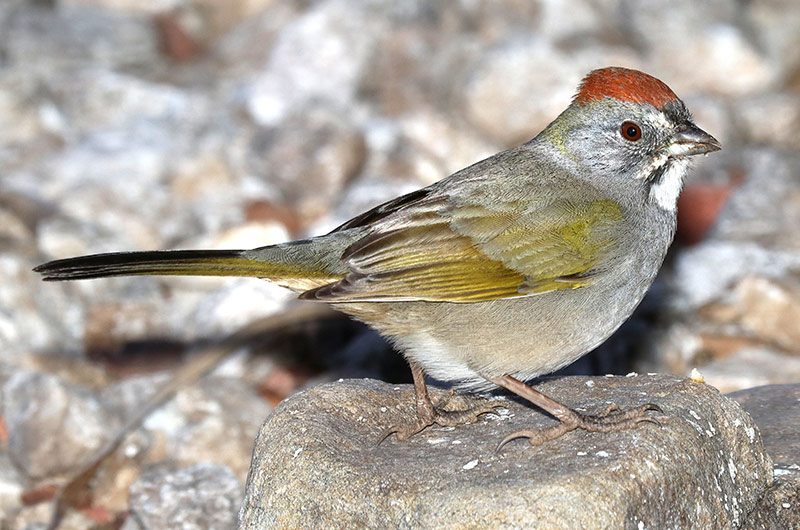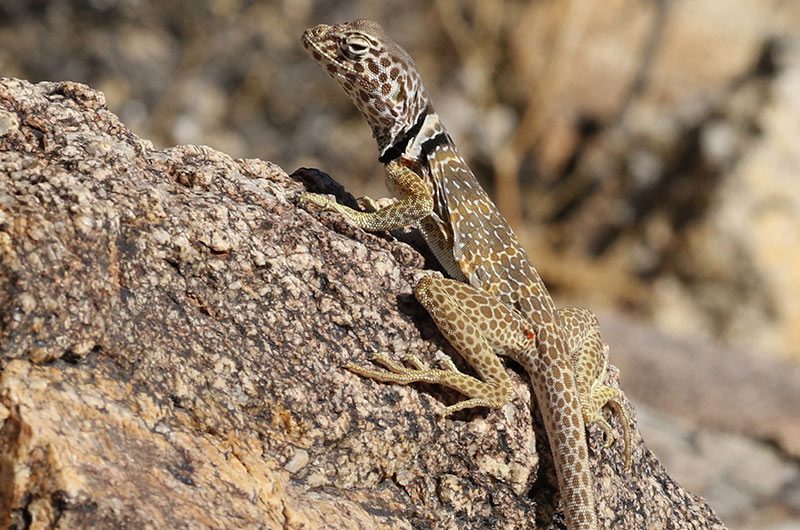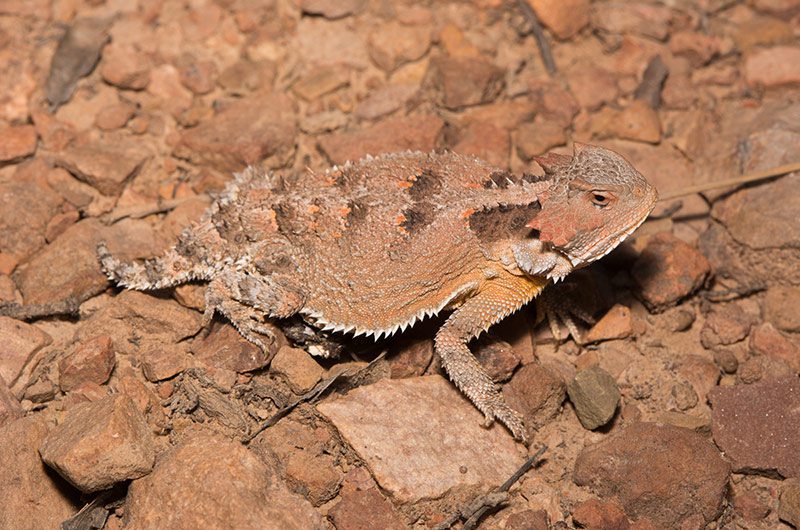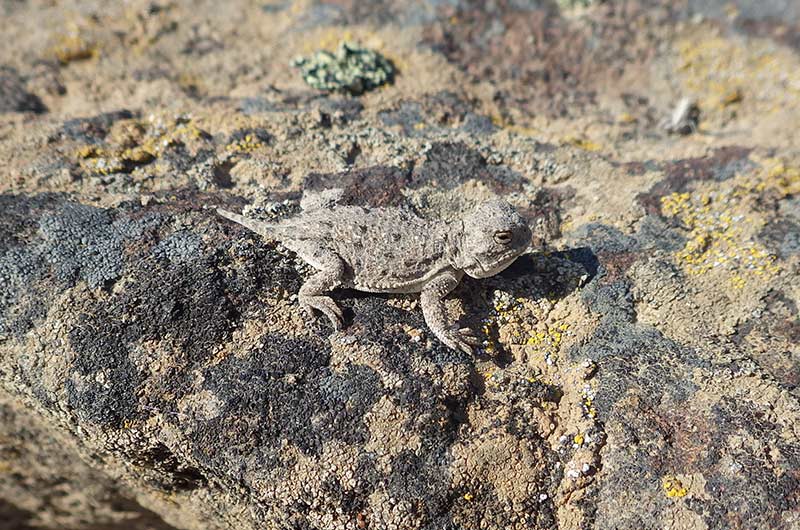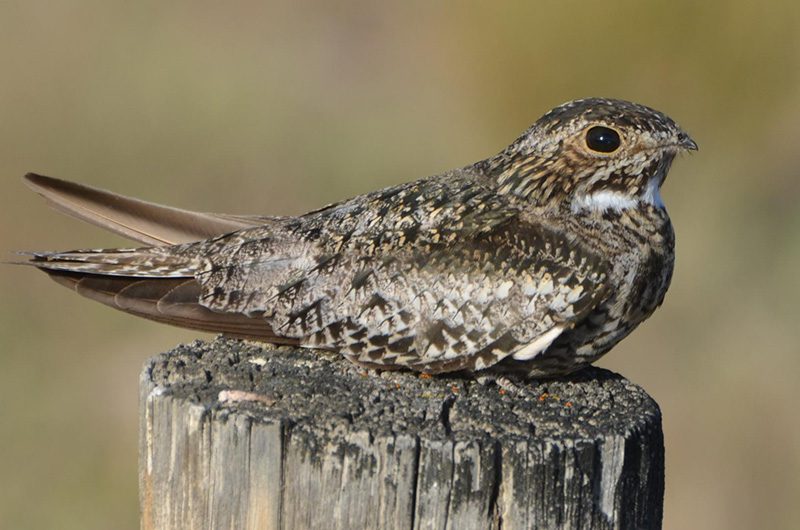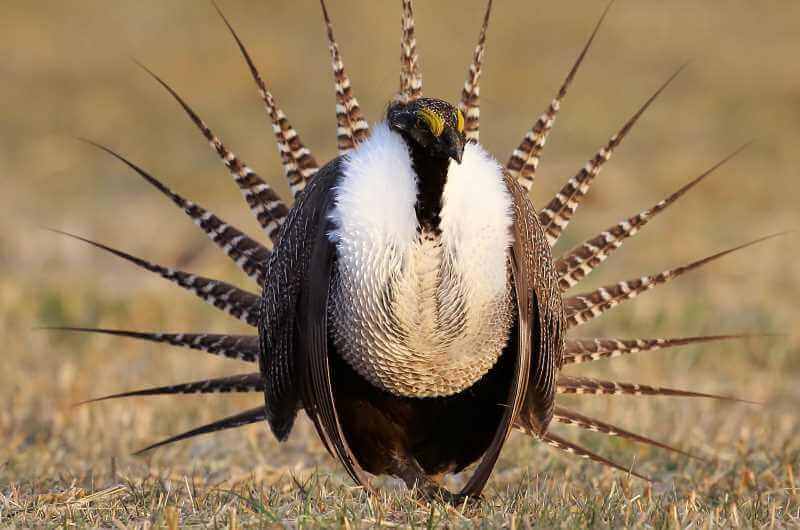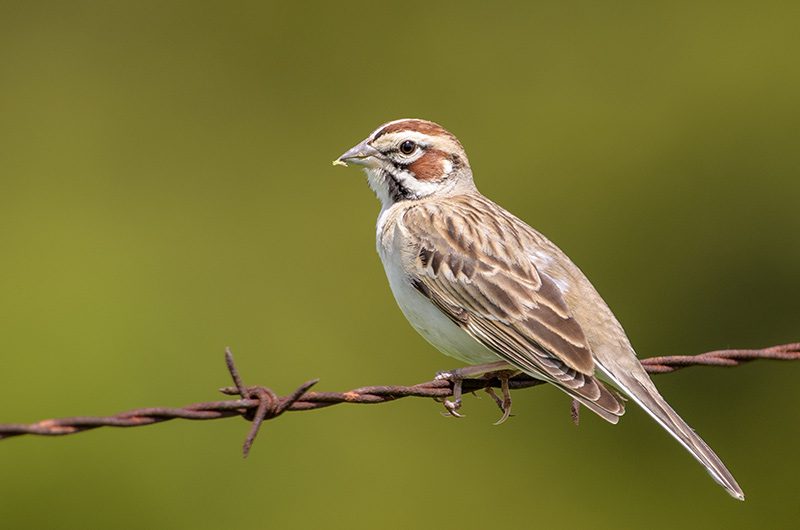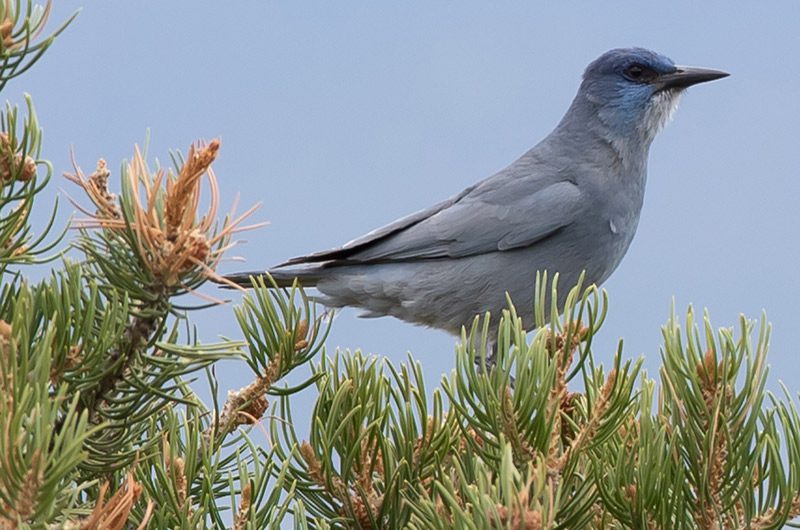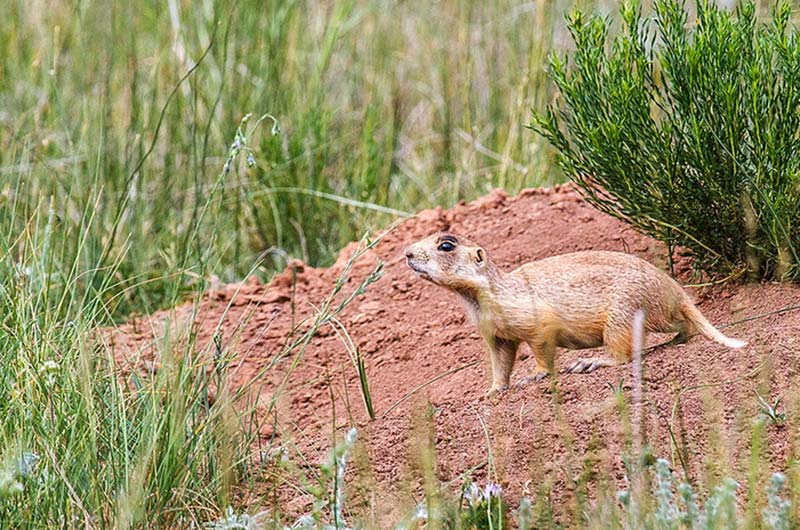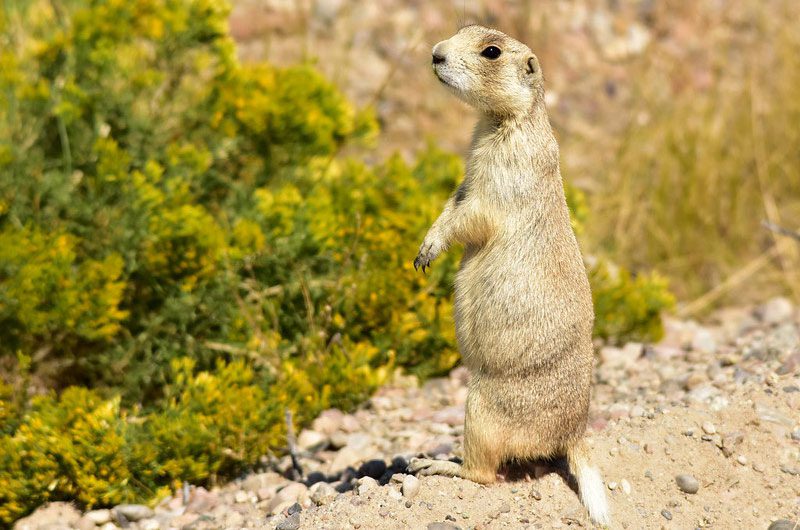LandPKS Learning
Habitat Hub
Factsheets and other helpful resources about the wildlife species living on your land (US only)
- 1
- 2
Green-tailed Towhee
Green-tailed towhee pairs may attempt to renest four times or more during the breeding season if a nest fails. They will initiate a nest as late as mid-July, even though many leave the breeding grounds for their winter range by mid-August.
Read moreGreat Basin Collared Lizard
Collared lizards are one of the only lizards that can run using only their hind legs. They are fast with strides up to three times their body length.
Read moreGreater Short-Horned Lizard
Greater short-horns are the only lizard species found in Alberta and Saskatchewan, Canada.
Read morePygmy Short-Horned Lizard
Pygmy short-horned lizards emerge from a period of inactivity in the spring for mating season, where females give birth to 3-15 young. They are typically sexually mature within two years of birth.
Read moreCommon Nighthawk
Male common nighthawks are known for their dramatic “booming” flight display. When flying above the trees, a male will dive towards the ground and abruptly pull out of the dive, sometimes just above the ground. As he flexes his wings downward, the air rushes across his wingtips, making a booming or whooshing sound. The male may dive to impress a female or scare intruders, such as people.
Read moreGunnison Sage-grouse
Gunnison sage-grouse became officially recognized as a distinct species from greater sage-grouse in 2000, and was the first new bird species recognized in the U.S. since the 1800s! They are geographically isolated from greater sage-grouse populations, found in seven distinct populations in southwestern Colorado and southeastern Utah. There are fewer than 5,000 individual Gunnison sage-grouse, and the species is classified as Threatened under the Endangered Species Act.
Read moreLark Sparrow
Courting male lark sparrows put on a dance that lasts for up to 5 minutes. The dance starts with the male hopping, then spreading his tail and drooping his wings so that they nearly touch the ground, almost like a turkey strutting.
Read morePinyon Jay
Pinyon jays have an excellent spatial memory, likely because they are dependent on pinyon pine seeds for winter survival and an early breeding season. They cache seeds in leaf/needle litter and tree crevices and can find them later in the season without any apparent clues to the human eye. An individual bird can store around 2,600 seeds in the fall, while a flock of 250 birds can store up to 4.5 million seeds! Pinyon jays can also carry up to 40 seeds at a time in their throat to help them cache more seeds for the winter.
Read moreUtah Prairie Dog
Utah prairie dogs reproduce more slowly than other rodents and have high mortality rates. Although females mate and produce litters in their first year, less than half of males mate in their first year. Females give birth to a single litter each year, averaging 3-5 young. However, fewer than 60% survive their first year and 30% survive their second year.
Read moreWhite-tailed Prairie Dog
White-tailed prairie dogs prefer eating forbs over grasses. This behavior may increase the availability of forage grasses preferred by other species, including livestock.
Read more- 1
- 2
Mobile App | Data Portal | Knowledge Hub | Habitat Hub | Learning Collections | Blog | About | Contact | Support

